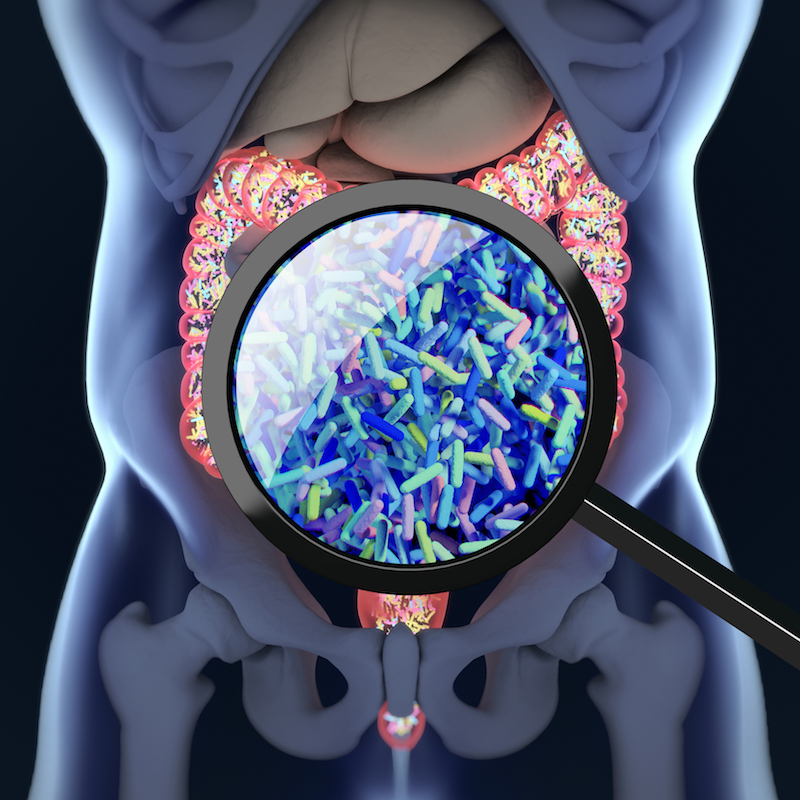Microbiome and Nutrition
The complex community of bacteria, yeasts and viruses living in our intestines, collectively known as the gut microbiome, is shaped, in part, by what we eat. Genetics, environment, and other factors also influence an individual’s microbial community. Research at the NRI investigates these complex relationships and their impact on disease risk. We use animal models and bioinformatics to study the associations between nutritional metabolites, gut microbiome, and health. What happens in the gut doesn’t stay in the gut. Your microbiome can play a role in cardiovascular disease, obesity and diabetes, and even cancer. Our team envisions a future where analysis of your microbiome can determine disease risk, and medical foods can be prescribed to treat and prevent disease by regulating the microbiome.
Publications
Microbiome and Nutrition Publications
2020
Population studies of TMAO and its precursors may help elucidate mechanisms. Meyer K
2019
Association of dietary patterns with the gut microbiota in older, community-dwelling men. Meyer K
2018
Meta-analysis of human genome-microbiome association studies: the MiBioGen consortium initiative. Meyer K
Human microbiota, blood group antigens, and disease. Sumner S
2017
Trimethylamine N-Oxide, the Microbiome, and Heart and Kidney Disease. Zeisel S
2016
Diet and Gut Microbial Function in Metabolic and Cardiovascular Disease Risk. Meyer K
Antibiotic-mediated gut microbiome perturbation accelerates development of type 1 diabetes in mice. Sumner S
Related News
Neural crest development in fetal alcohol syndrome
High-throughput transcriptome sequencing identifies candidate genetic modifiers of vulnerability to fetal alcohol spectrum disorders.
How Can Quantum Computing Change the Manufacturing
Just to introduce you to the full concept of it, let 's do some theory. Quantum computing studies theoretical computation systems (quantum computers) that make direct use of quantum-mechanical phenomena, such as superposition and entanglement, to perform operations on...
Summer Time Salad
August 2, 2016 • Summer Time Salad designed by Chef Mark Allison, Director of Culinary Nutrition at Dole Nutrition Institute.
MURDOCK-NCRC Seed Funding Voucher Program
August 2, 2016 • Two NRI investigators are among six recipients of recent seed-funding vouchers awarded by the Duke University MURDOCK Study, a research partner of the North Carolina Research Campus (NCRC) in Kannapolis. Saroja Voruganti, PhD, and Manya Warrier, PhD, each received $10,000 to help pay for the services and capabilities of the David H. Murdock Research Institute, located on the NCRC, which offers scientific expertise and advanced instrumentation to collaborators focused on transforming science at the intersection of human health, nutrition and agriculture.
August 2016
Unrelated Diseases Can Share Common Underlying Genetic Factors A recent study by NRI researcher Saroja Voruganti and her laboratory highlights the value of genome-wide analysis and underscores the reality that seemingly unrelated diseases often share common,...

